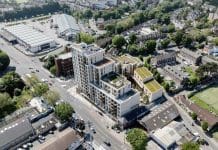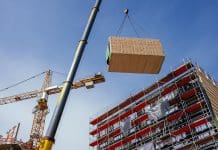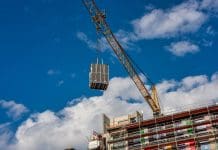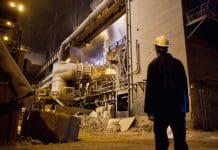 Krishan Pattni, chief design officer at TopHat, outlines the importance of prioritising design for all new build housing, and explores how these policies can work in tandem with modern methods of construction
Krishan Pattni, chief design officer at TopHat, outlines the importance of prioritising design for all new build housing, and explores how these policies can work in tandem with modern methods of construction
Last week the government announced that 14 councils have been selected to take part in a six-month pilot of the National Model Design Code for housing published at the beginning of the year.
The pilot, which will be modelled on the recommendations made by the Building Better, Building Beautiful Commission, underscores the government’s drive to put placemaking at the forefront of the development agenda. As a means of setting higher design expectations on housebuilders, the National Model Design Code covers a broad range of policies relating to building features, such as height, density and materials palettes, as well as the quality of public space.
Encouraging design quality
New design standards for buildings have arrived at the right time, particularly in light of the Covid-19 pandemic that, due to more people spending time locally, has emphasised the vital importance of spatially versatile and attractive housing. The relationship between the design of places and our mental health has also long been discussed, and think tanks like, The Centre for Urban Design and Mental Health, exist to evaluate the connection between the way we design our towns and cities and their impact on wellbeing. The data overwhelmingly proves that the two are inextricably linked.
Any policy that encourages design quality is then gladly received, the challenge remains in realising this within the context of the pressing housing shortage and climate crisis.
Simultaneously lockdowns have led to a decrease in the growth of housing stock. As we now make up for lost time, the natural question arises – is it possible to rapidly produce homes that also conform to enhanced design codes and higher performance standards?
Historically since the Victorian era, when housing has been built in times of crisis, not many can claim it to be beautiful, or sensitive to local vernaculars. Indeed, negative connotations attached to post-war prefabs still partly influence public sentiment to modern-day factory-built housing.
However, technological advances mean that the modern-day MMC sector is worlds apart from this and is a solution. Throw climate change targets into the mix and then volumetric solutions in particular offer the best chance at providing low and even zero carbon homes at scale.
If looked at through the lens of standardisation, the National Model Design code is well aligned with the MMC approach. It provides a framework to aid developers and architects to adopt a ‘componentised’ approach to placemaking and building design from the outset, where built form, materials, architectural features, entrances, street types etc are parameters that can be tuned to suite the locale.
Technology-enabled design
The key to successfully meeting this is technology. Technology-enabled design and manufacturing that allows customisation of standardised designs to create user-focused, localised, and energy-efficient mass housing.
We understand that beauty is subjective, and while we put trust in local councils to come up with the most democratic aesthetic codes to build to, we fundamentally believe in empowering the user with control over the design. Homes can be transformed externally with features like our in-house printed façade technology and internally from spatial layout to the finishes. This allows developers, housing associations, operators and occupiers to truly make their homes their own, while enabling councils to ensure the homes complement and enhance their surroundings.
Beauty is not aesthetic quality alone, craftsmanship and the process and skill of making has universally defined what we perceive as beautiful. The precision, detail and quality achieved through rigorous manufacturing-led continuous improvement is much-needed value that TopHat and others in the modular sector can bring to an industry with a poor track record in this area. Perhaps introducing post-occupancy evaluation into the code and the planning process would bring ultimate certainty, guaranteeing that design intent and quality is consistent with delivered quality, something that would clearly set apart the modular sector from many traditional solutions and encourage further lifecycle focus on the actual quality and performance of homes constructed.
TopHat welcome the funding into new design codes, and strongly believe the standards and approach outlined are aligned with the benefits of MMC and more specifically volumetric modular delivery solutions to housing. Importantly, that the sector can not only deliver homes to these standards but at the pace that is urgently required to meet the housing challenge we face.













